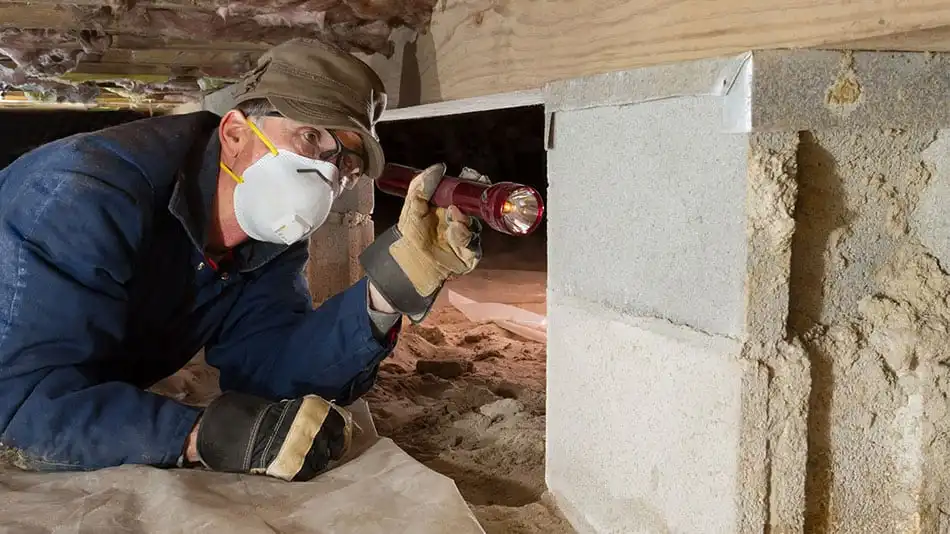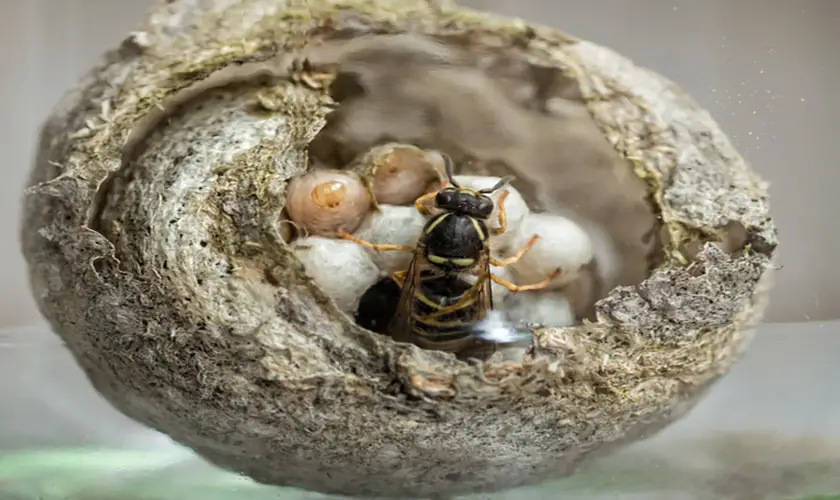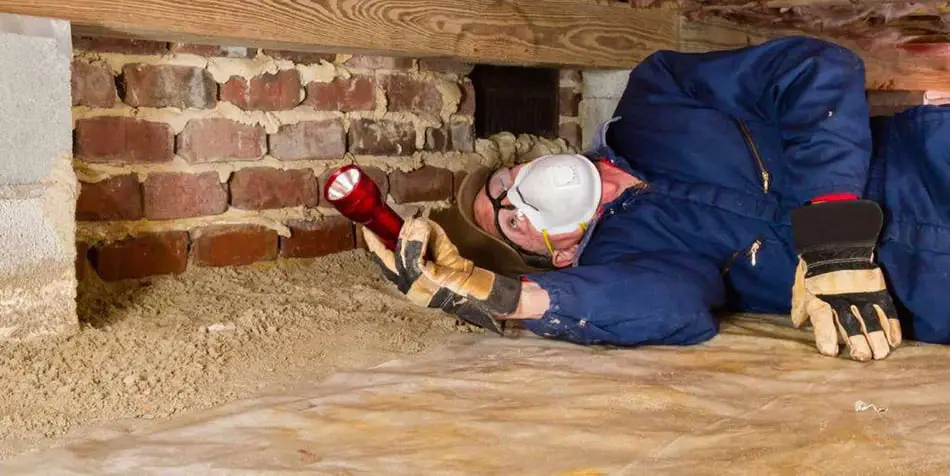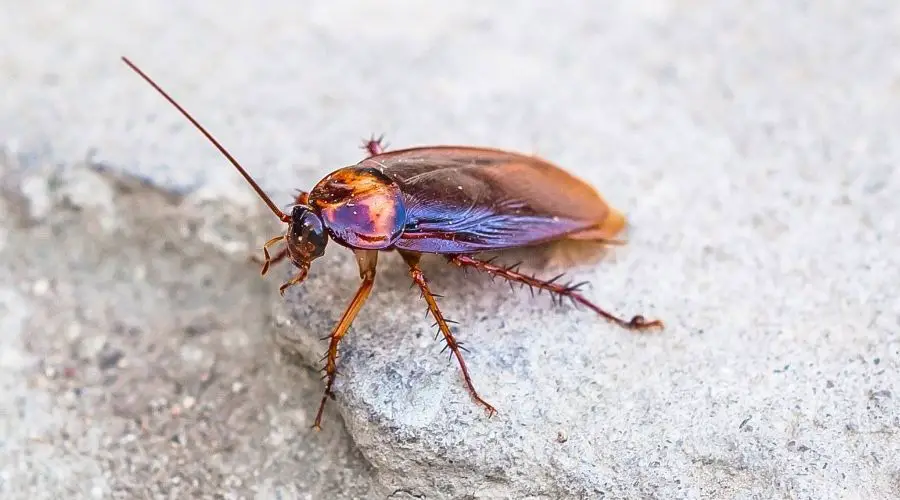
Cockroaches are experts in survival methods. Partly because they live almost exclusively in dark places where they can hide from potential danger, this allows them to go undetected long enough to multiply typically.
The one place that cockroaches seem to favor is electronic devices and appliances. Once you confirm their presence, there are three ways to get cockroaches out of electronics.
- Baiting them and then spraying them out of the designated area.
- Blowing and vacuuming.
- Freezing the roaches up.
In general, the problem with cockroaches is that once they infest a home or a device, it takes a few steps and dedication to eliminating them. The rate at which they multiply is quite alarming, and very soon, there are cockroaches of all sizes running around.
There are effective ways of dealing with a roach problem to ensure you eliminate the adults and the young and all of the eggs. If any of the eggs survive, you will have a cycle that restarts in weeks. Let us look at the three ways to get cockroaches out of electronics.
Get FREE quotes from licensed pest control technicians in your area today. Whether you need spraying for ants, roaches, spiders, ticks, mosquitos, or bed bugs, We Can Help! All technicians are screened, licensed, and insured.
Where Do You Start?
The sight of cockroaches can be a cause for concern and disgust. Cockroaches are usually associated with dirty living conditions, but this is not always the case. Before you hastily spray bugs on everything, you must inspect it properly.
An inspection can help you identify all infestation areas, which can help you choose an effective action method for your unique situation.
How To Do An Inspection Of Your Electronic Devices
We recommend you thoroughly inspect your devices for any signs of infestation. An inspection will include looking for live roaches, feces, fresh or dried oothecae, or eggs. The presence of cockroaches means that they are happy with their habitat, have a steady food supply, and are undisturbed for the most part.
At the first sign of a sighting, you will need to do a proper inspection. Take great care with electronic devices to ensure opening them does not cancel the warranty. Use the correct tools to rule out the chance of electrocution. Please refrain from opening devices with an electrocution alert sticker for your safety.
Where To Look
Check your electronic devices’ openings and port areas, particularly the power supply port and other sites where a cockroach could crawl their way into.
What To Look For
You can inspect your electronics for cockroach feces. It resembles black pepper that has been ground and should be easy to locate, usually around your electronics’ wires or power supplies. You could also spot oothecae that look like brown pieces of raw peanut skin.
You might also notice an odd odor, old and musty, coming from the device. That’s a telltale sign of cockroaches being present. To specifically inspect a PC or desktop computer, here is a step-by-step guide to follow;
Step By Step
- First, turn the computer off and unplug all the connecting cables and wires.
- Move it to an open space or outside where there is good ventilation.
- Unscrew the casing screws and slowly remove the cover using electrically approved screwdrivers.
- You might see many cockroaches scurry in different directions, so have some bug spray on hand to kill them as they come out.
- Once you have identified the area they are occupying, you can decide which components you need to remove to prevent damage
- Carefully remove the motherboard, any other drives, the fan or cooling unit, and the memory units. Inspect them for any signs of eggs, roaches, or feces.
Roaches can touch high voltage areas causing an electrical short, permanently damaging your item, or resulting in a costly repair situation. Because they sometimes feed on the wire insulation, it can cause wires to touch and cause an electrical short that could result in significant damage or even a fire hazard.
Once you have assessed the severity, you must decide how to eliminate the cockroaches you see and what prevention method you can take. There are three methods you can apply depending on the findings of your inspection. Let’s have a look at what you can do;

Method #1 – Bait & Spray
1. Baiting
The baiting method will most probably be the safest when it comes to a PC or desktop computer. Spraying bug spray directly into a computer can cause an electrical short. Baiting gel has been specially formulized to contain attractants that cockroaches can not resist.
Although it is a slow killing method, it is comprehensive. The cockroaches will take this bait back to their nest, slowly spreading throughout the colony, killing all the live roaches.
You would effectively need a pea-sized drop of the bait, place it onto a small piece of cardboard and place it either inside the PC or, if in the case of a more closed unit like a gaming console, near any vents or the power supply. This card will allow you to place it more accurately and assist in cleaning up afterward.
Avoid letting your children or pets near the bait, as the reactions can be adverse if ingested. Cockroaches will travel significant distances to get to food sources; you can therefore place the same amount of gel bait on a cardboard in the kitchen behind the fridge, under the freezer, and behind the microwave oven.
You can place it in the bathroom under a cupboard, the toilet, and the basin.
Although the gel bait is slow-acting, it is effective long-term as it eliminates them in totality. You should start seeing fewer numbers in around five days and less activity.
You can begin cleaning up the dead roaches and feces with a HEPA vacuum and disinfectant. Approximately two weeks after the first application, you should replace the bait and leave it for another two weeks to be sure.
After you are certain there are no more cockroaches, you can thoroughly clean all areas affected. Discard all the bait that is left in the bin.
2. Spraying
Spraying into electronics without knowing the consequences could be detrimental to the device. Ensure the device is unplugged and disconnected from all-electric sources, and remove all the cables.
Take the box outside and spray into the openings you can see; you might find the cockroaches start running out; you can contact kill the ones trying to escape.
Leave your device outside for at least 30 minutes; if you can open the box, do so carefully, and using a HEPA vacuum and the smallest nozzle, vacuum up the dead cockroaches, you see. Make sure it is not extremely hot when you do this, as it can damage your product.
Using a cloth, you can wipe away any feces and debris. It would be recommended you discard the fabric after.
You can use a can of compressed air to dislodge dust and blast out any remaining roaches and feces further. Remove all the components that can come out and blast air into all small crevices.
It would be best to do maintenance checks every week or two afterward to ensure no re-infestation occurs. Repeat the process if needed.
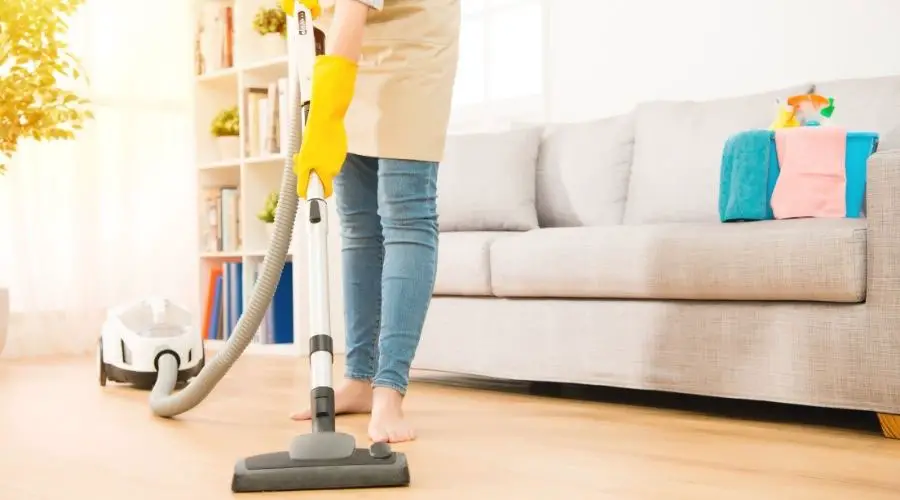
Method # 2 – Blowing & Vacuuming
Using a can of compressed air is also an effective method of cleaning out your infested electronic devices. Your local hardware store or computer store should sell these cans as they are frequently used for removing dust and debris from the inside of PCs and other devices.
An excellent place to start would be to unplug your device from the electrical supply and disconnect all cables and screens. Carefully take the PC or device outside and open the side panel using approved anti-shock screwdrivers. You can follow the instructions on the can of compressed air and insert the thin nozzle that accompanies it. This will allow you to spray into hard-to-reach areas.
Give the can a couple of good blasts and see if it removes any roaches hiding inside the PC or device. You can contact spray them as they try to escape using a store-bought bug spray. You can sprinkle the bug spray into areas with no wires or circuits, like the PC floor and the side panel.
Once you have left the device for about 30 minutes, you can vacuum it with a HEPA filter. Firstly remove the motherboard and all other removable components to prevent any damage. Use the smallest nozzle and ensure you do not vacuum against the power supply or circuits.

Method # 3 – Freezing
Like most insects, cockroaches do not like cold temperatures. They prefer heat and the darker areas in a house. A slightly unconventional method of getting rid of cockroaches is the freezing method. Being what it sounds like, you put the device inside the freezer. Let us look at exactly what to do;
- Firstly, determine if the device can indeed go into the freezer. Items with an LCD screen like a TV, a phone, or a pad should never be placed inside a freezer.
- Once you are confident the device can withstand the freeze, seal it inside a plastic bag. Make sure the bag is nice and tightly sealed.
- Place the device inside the freezer and ensure it is stable.
- Leave the device inside the freezer for three to five days and remove it.
- Take the device out of the bag, open it up if possible, and vacuum out all dead roaches and debris like feces and oothecae. Let dry.
In an area with sub-zero temperatures, you do not physically have to place the device inside the freezer. Following the same step, you tightly seal the appliance or device and place it inside the garage for a few days, and it should have the same result.
Cockroaches will die pretty quickly when exposed to freezing temperatures. This way, you will also ensure the young nymphs and eggs are also eliminated.
In both scenarios, ensure the device has dried out properly before you attempt to use it again; it is advisable to let it stand for a few days. Keep your device in the driest part of the house for a day or two before connecting it.
Why Do Cockroaches Like Hiding In Electronics?
Firstly, let us examine why cockroaches love to hide inside electronic devices. Any appliance can become a target for infestation. The ones most commonly infested by cockroaches tend to be:
- Television sets
- Gaming consoles and controllers
- Refrigerators and freezers
- Personal computers and laptops
- Internet routers
- Stoves and toasters
- Power supply units
- Radios and electronic clocks
These everyday appliances can become riddled with cockroaches, eggs, and feces. They prefer electronics that are either on all day or that are frequently used, the heat, the concealment, and thirdly access to food.
Cockroaches are not limited to just older devices; they will move into new machines if they have the chance. The type of cockroach that prefers electronics is usually the German cockroach. They are small enough to crawl into very tight spaces, especially when they are still young.
Can Cockroaches Ruin Electronics?
Cockroaches are masters of survival. They can eat almost anything from other insects, all types of food, and any natural material they can find to snack on, like paper, newspapers, cardboard boxes, and even furniture items and clothing. Nothing is exempted when you have a cockroach infestation.
This results in the cockroaches walking over various objects searching for food, and by doing so, they are spreading feces and potential diseases.
Because cockroaches will nest together in heated dark areas like electronic devices, they tend to multiply at such a rate that your device can become damaged very quickly. A single female German cockroach can carry up to 50 eggs inside an ootheca, a pouch-like casing. The eggs develop into adults within around sixty days. That is alarming, and easy to see how it can quickly escalate into a full-blown infestation.
When they clump together inside an electronic device, they start defecating all over the inside. Having roaches clumped together can begin to damage open circuits and small wires.
How To Prevent Re-Infestation
Once you have treated the device for the apparent infestation, the next thing you need to do is to prevent any chance of re-infestation. This is critical to making sure you keep your device and home cockroach-free permanently. You should open and thoroughly clean all electronic devices using the correct tools.
Begin by using an old toothbrush to gently scrub off any sticky parts, then use a soft cloth and cleaner to wipe away any remaining feces and debris.
When thoroughly cleaning, ensure you do not break any warranty seals that the manufacturers have placed inside the device. Place a small piece of gel bait inside the machine as prevention. You can thoroughly clean underneath appliances like fridges, freezers, and microwave ovens.
Leave cardboards with gel bait after cleaning to ensure no re-infestations are possible. Always use a HEPA-filtered vacuum cleaner when possible.
Once you have tried all these methods and still have no success, call a professional pest control company to assist you.
Conclusion
It is effortless to overlook cockroaches inside devices. Usually, you notice them once they have already made a significant nest inside an instrument or appliance. Few insects can repulse humans like cockroaches, and rightfully so; they are nasty little critters.
Cockroaches can spread diseases from dysentery, cholera, leprosy, and even typhoid fever. These are excellent reasons to rid your home of them as fast as possible.
The current bait and bug sprays are very fast-acting and will significantly help you effectively get cockroaches out of your electronics.
The most crucial thing after elimination is the prevention of re-infestation. Do a regular maintenance check on all electronics to ensure the device’s and your household’s health.
Get FREE quotes from licensed pest control technicians in your area today. Whether you need spraying for ants, roaches, spiders, ticks, mosquitos, or bed bugs, We Can Help! All technicians are screened, licensed, and insured.


